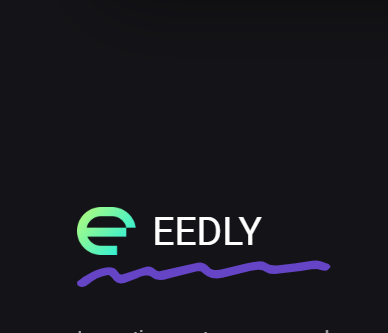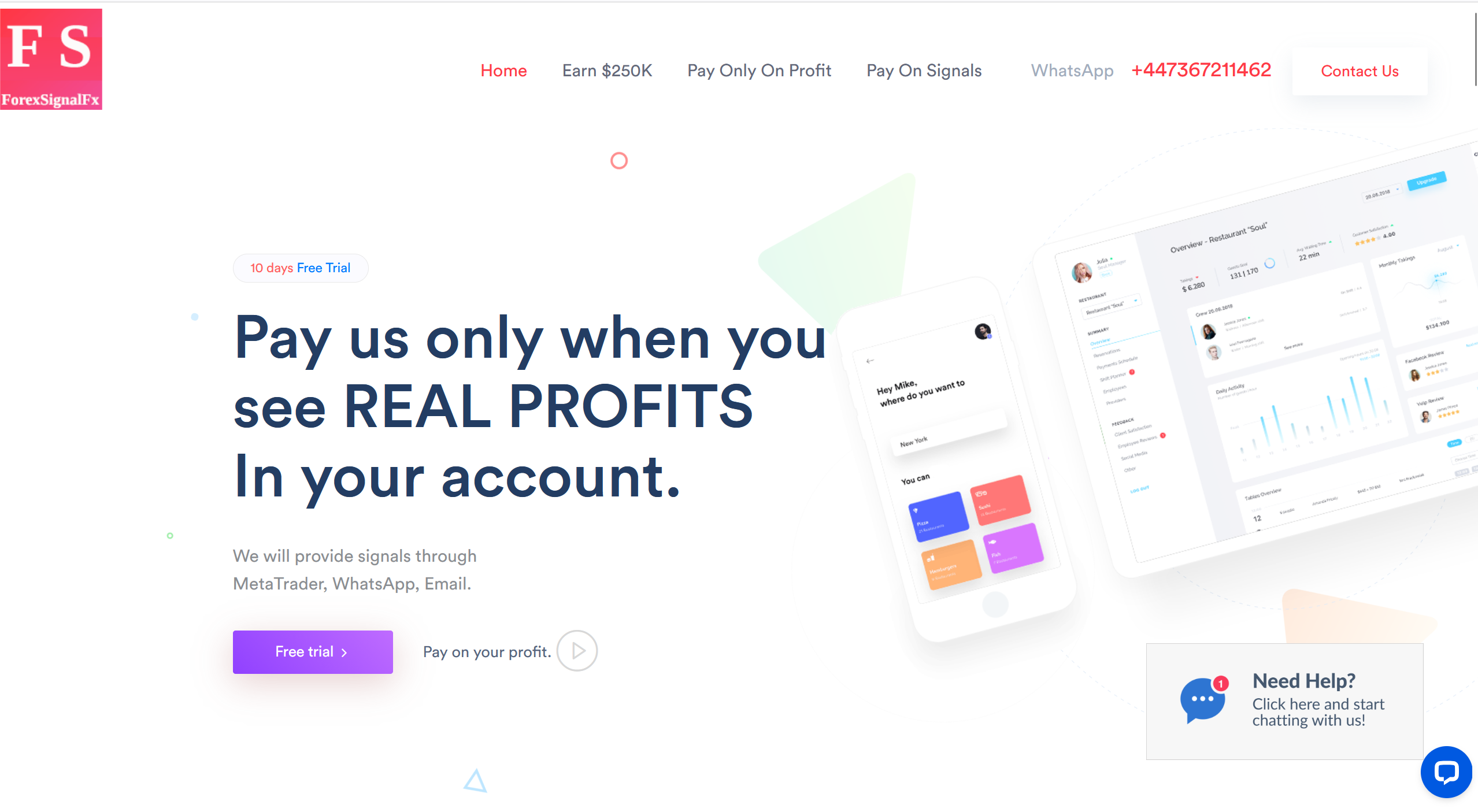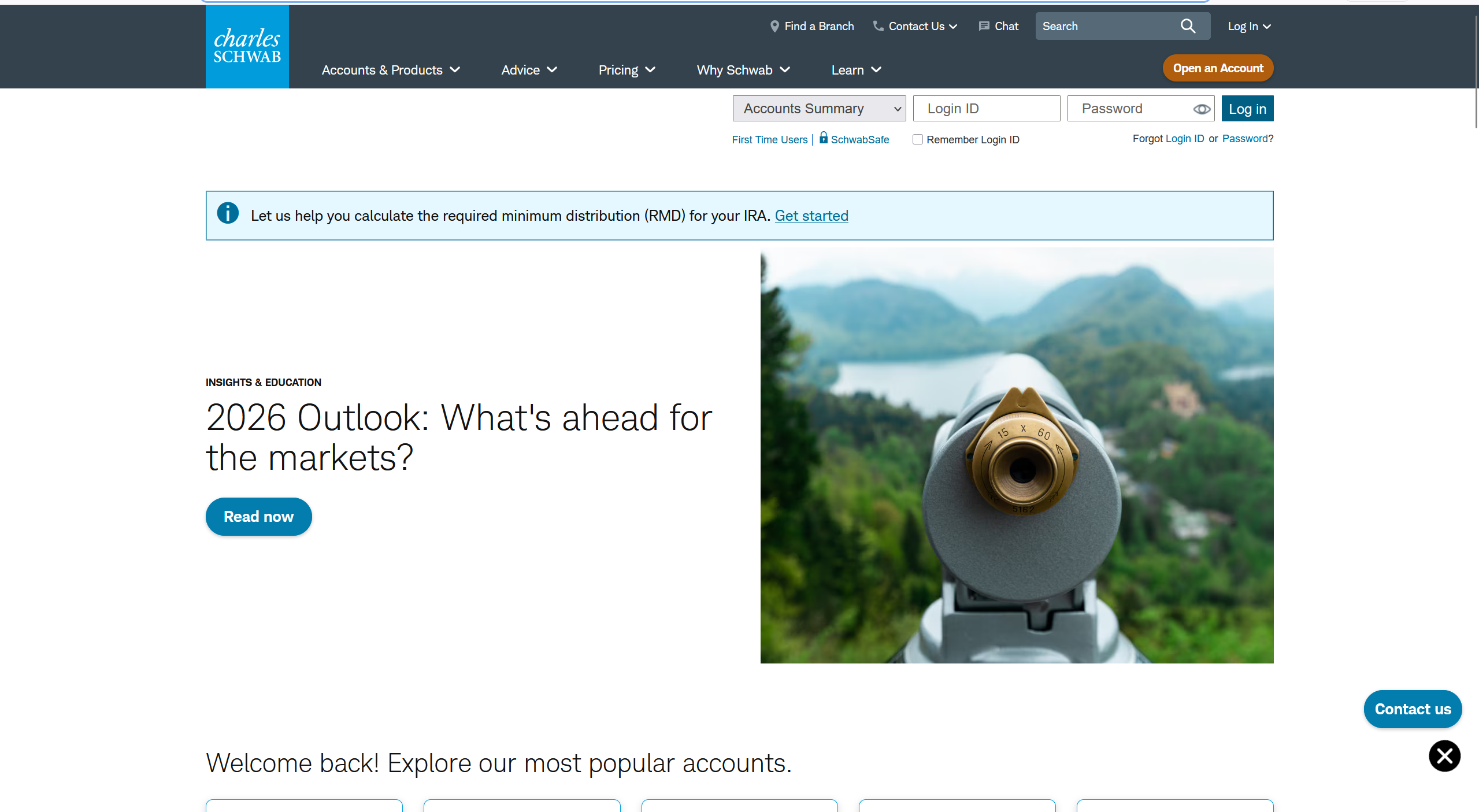New Review on Eedly.com as a Scam: How to Find Your Bitcoin
The rapid rise of cryptocurrency has brought with it an unfortunate surge in online scams, with many individuals falling victim to fraudulent websites. One such website that has recently been exposed is Eedly.com, a platform posing as a legitimate service for cryptocurrency enthusiasts. In this article, we will delve into the details of the Eedly.com scam, and provide essential tips on how to find your bitcoin, recover a lost bitcoin wallet, and resolve issues if you’ve forgotten your Metamask password.
Understanding the Eedly.com Scam
Eedly.com initially presents itself as a comprehensive resource for cryptocurrency news, wallet recovery services, and investment tips. The website appears professional, with a clean layout and seemingly authoritative articles. However, beneath this facade lies a fraudulent operation designed to exploit users’ trust and steal their valuable digital assets.
Many users have reported losing access to their cryptocurrency after engaging with the site’s so-called recovery services. These services claim to assist users in finding lost bitcoin or recovering access to forgotten wallets. In reality, they trick users into providing sensitive information, which is then used to drain their wallets.
How to Identify a Scam Website
Identifying scam websites can be challenging, especially when they are designed to look legitimate. Here are some red flags to watch out for:
- Lack of Verifiable Information: Scam websites often lack detailed contact information or credentials. Legitimate businesses usually provide verifiable contact details and have a presence on reputable review sites.
- Too Good to Be True Offers: If a website offers guaranteed recovery of lost bitcoins for a nominal fee, it is likely a scam. No legitimate service can guarantee the recovery of lost cryptocurrencies.
- User Reviews: Check user reviews on independent platforms. If a website has numerous negative reviews or reports of users losing their funds, it is best to steer clear.
- Website Security: Ensure the website uses HTTPS and has a valid SSL certificate. However, note that even some scam sites may use HTTPS, so this should not be the sole indicator of legitimacy.
How to Find Your Bitcoin
If you’ve lost access to your bitcoin, here are some steps you can take to try and recover it:
- Check Backup Phrases and Private Keys: Ensure you have access to your backup phrases (seed phrases) and private keys. These are crucial for recovering your wallet.
- Wallet Recovery Services: Use reputable wallet recovery services that have been verified by the cryptocurrency community. Avoid unknown and unverified services like those purportedly offered by Eedly.com.
- Blockchain Analysis: Some services can track transactions on the blockchain to locate lost funds. Be cautious and use only well-reviewed services.
- Contact Wallet Providers: If you’re using a wallet service like Metamask, contact their support for recovery options.
Lost Bitcoin Wallet
Losing access to a bitcoin wallet can be distressing, but there are several steps you can take to attempt recovery:
- Use Recovery Phrases: Most wallets provide a recovery phrase when you set them up. This phrase can restore access to your wallet. Keep this phrase secure and never share it with anyone.
- Search for Backup Files: Check your device for wallet backup files. These files can be used to restore your wallet.
- Consult Forums: Cryptocurrency forums and communities can be a valuable resource. Experienced users may offer advice or tools to help recover lost wallets.
- Professional Recovery Services: As mentioned earlier, only use well-known and trusted recovery services. Scammers often pose as recovery experts to exploit desperate users.
Where Is My Bitcoin?
If you are unsure where your bitcoin is, the blockchain can help you trace it. Every bitcoin transaction is recorded on the blockchain, allowing you to follow the path of your funds. Here are steps to locate your bitcoin:
- Transaction ID (TXID): Every transaction has a unique ID. Use this ID to search for your transaction on a blockchain explorer.
- Blockchain Explorers: Websites like Blockchain.com or Blockchair.com allow you to enter your transaction ID and view the status and history of your transaction.
- Wallet History: Check the transaction history within your wallet to track outgoing and incoming transactions.
- Consult Support: If you’re using a third-party service, contact their support team with your transaction details.
Forgot Metamask Password
Metamask is a popular Ethereum wallet that allows users to manage their cryptocurrencies and interact with decentralized applications (DApps). If you’ve forgotten your Metamask password, you can recover access using the following steps:
- Recovery Phrase: When you first set up your Metamask wallet, you were given a 12-word recovery phrase. This phrase can restore your wallet and set a new password.
– Open Metamask: Click on “Import using account seed phrase.”
– Enter Recovery Phrase: Type in your 12-word recovery phrase.
– Set New Password: Create a new strong password and confirm it.
- Backup Files: If you have a backup of your Metamask wallet file, you can import it to restore access.
- Browser Data: If you haven’t cleared your browser data, Metamask might still have your wallet information stored. Reinstalling the extension and logging in might restore access.
Conclusion
The cryptocurrency space, while full of opportunities, is also fraught with risks, especially from scams like those perpetuated by Eedly.com. It is crucial to remain vigilant and skeptical of any service that promises easy recovery of lost assets. By following the guidelines outlined in this article, you can protect yourself from scams and increase your chances of recovering lost bitcoin, whether it’s through finding lost wallets, tracing transactions, or recovering access to platforms like Metamask. Always remember to use reputable services, safeguard your recovery phrases, and seek advice from trusted community members.






